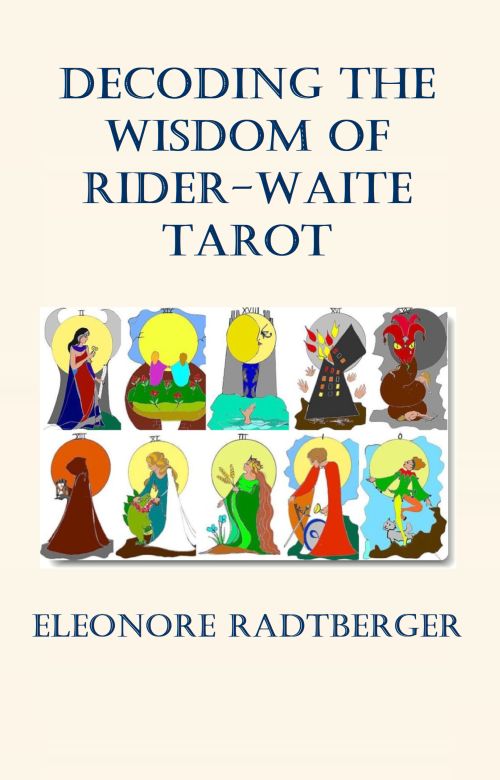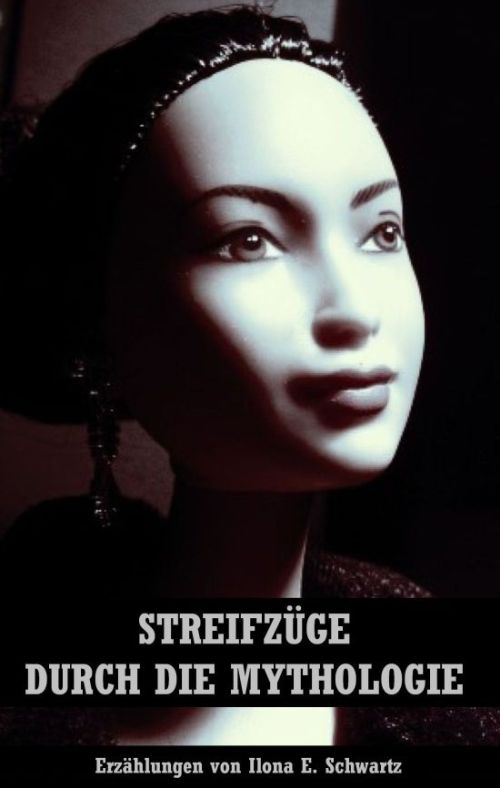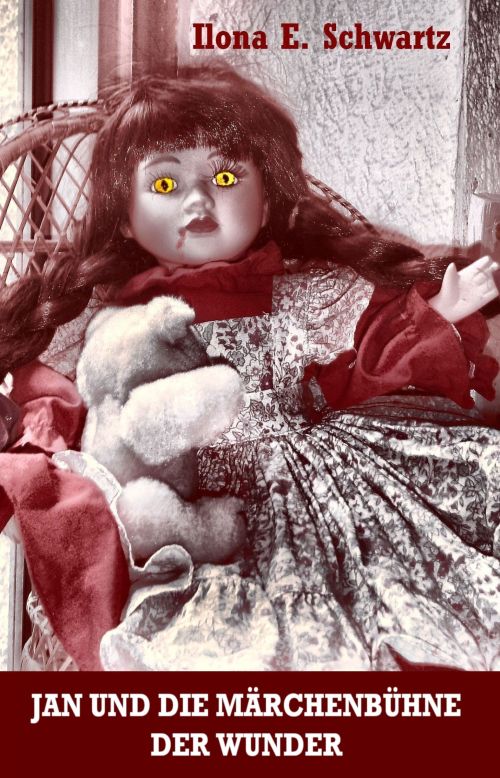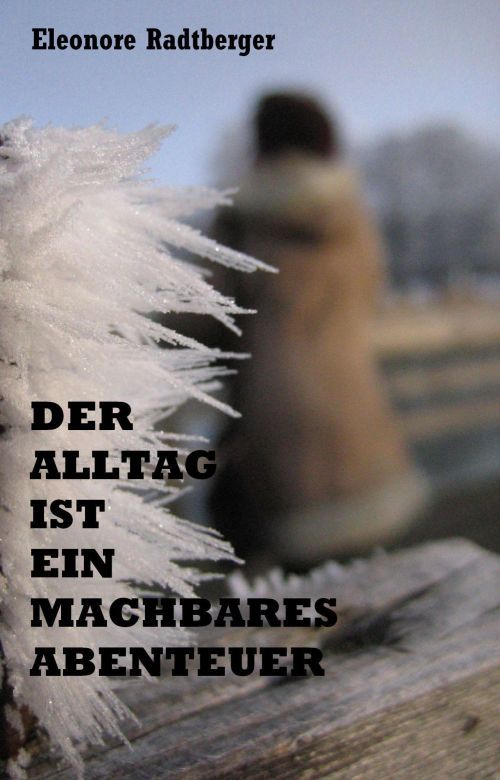
|
History: From campfires to central heating
About open fires, coal stoves and modern heating systems
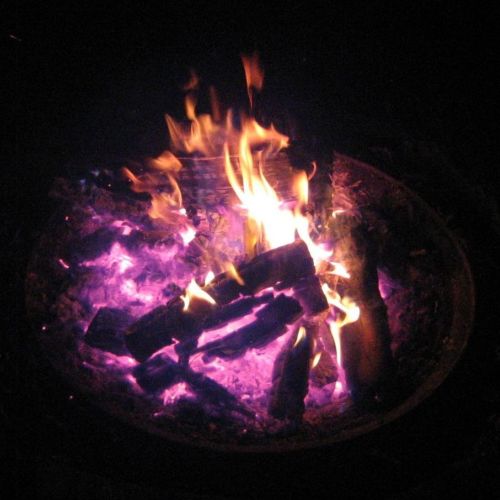
We take modern central or gas heating for granted. We turn on a thermostat and the heat fills our homes. But when we look back, we see a fascinating evolution in the way people have heated their homes over the millennia. From the first campfires to modern central heating, there is a long history of change.
The history of fire
Great apes (Hominidae) are thought to have used fire as early as four million years ago. The oldest controlled fire made by humans (Homo erectus) comes from a cave in South Africa and is about one million years old. Our ancestors were quick to discover that fire provided both heat and light. They used it not only to cook food but also to keep warm on cold nights. The campfire was the focal point of their dwellings, whether in caves or in simple tents made from animal skins.
Fire provided light and protection from wild animals, but it also had disadvantages. The fireplace had not yet been invented and the smoke could not escape. People used wood as fuel and had to constantly search for firewood. It was also difficult to store heat, so rooms often cooled quickly after the fire had gone out. Nevertheless, it was a great improvement on the cold life without fire.
The fireplace: an improvement in the distribution of warm air
Over time, people continued to develop their homes. The first open fireplaces appeared in Mesopotamia around 5000 years ago. They were often made of stone or clay and were usually placed in the centre of the home. The ancient Romans also perfected the use of open fires by building large brick hearths. These allowed better ventilation and reduced smoke in the living rooms.

Fireplaces became increasingly common in the Middle Ages, as they served not only as a source of heat but also as a status symbol. The rich had magnificent fireplaces in their mansions, while the poor often had only a simple stove, but one that could give off a lot of heat.
Coal as a new energy source in the 19th century
The use of coal stoves began with the Industrial Revolution. These stoves were much more efficient than their predecessors and could heat larger rooms. People could now live outside towns and cities because coal could be transported.
Here a coal hiker enters the stage: As a child of the 1960s, I remember our coal hiker bringing home sacks of coal. This coal hiker was Mr Esser, who ran a business in our small town with a big old lorry full of sacks of coal. Every day he drove around the streets delivering coal to households that needed it. Mr Esser was a friendly man with a big beard who knew everyone by name. He often made me laugh with his jokes, and my parents used to offer him a cup of tea while he poured the coal into our cellar (only our postman got a glass of brandy in those days).
Coke and the transition phase
Coke, made from coal, had its drawbacks: it was expensive and its fumes polluted the air. Many households switched to coke, a highly compressed fuel that produced less smoke and soot. Coke is produced by the thermal treatment of coal and contains fewer impurities. This made coke a popular fuel in urban areas, especially as it also improved home heating.
The next big innovation: the gas heating

From the mid-19th century, town gas became popular for domestic heating, having previously been used for street lighting. Town gas was often produced from coal in municipal plants and delivered to homes through a network of pipes. This technology made heating easier, but it also brought with it safety problems: inhaling town gas led to numerous deaths from carbon monoxide (CO) poisoning.
At the same time, natural gas was extracted from underground deposits, often together with oil. People appreciated the ease of use: the gas only had to be ignited when heat was needed. Heat could be produced instantly without much preparation. However, living with natural gas was also dangerous, as gas explosions could occur. Despite these risks, gas heating became established in many countries and regions.
Oil heating systems: An innovation with environmental problems
It wasn't until the middle of the 20th century that oil heating really took off. It was a practical solution for households in sparsely populated areas or those without access to a gas main. Oil heating had the advantage of being relatively simple to use. Homeowners had to fill the oil tank regularly and the heating system was simple to operate. However, a large tank was needed to store the oil, which could be a problem in small houses.
But even here there were problems. Burning oil produced carbon dioxide (CO2), which caused environmental problems. In addition, the price of heating oil fluctuated greatly, causing financial difficulties for many people.
The modern central heating system
Finally, the age of central heating began. These systems revolutionised the way we heated our homes. Instead of having a separate stove in each room, central heating allows the whole house to be heated by a single system. This is usually done using water. A boiler heats water, which is then pumped through pipes to the different rooms. There are radiators in each room that give off the heat.
A big advantage of central heating is its convenience. The temperature in each room can be controlled individually at the touch of a button. Many modern heating systems are also more environmentally friendly, as they are increasingly combined with renewable energy sources such as solar thermal or heat pumps.
From campfire to modern heating
What began as a simple campfire has evolved over the millennia into sophisticated heating systems. Mankind has always strived to improve the quality of life and the comfort of our homes. The evolution from open fires to coal-burning stoves to modern central heating systems is a testament to our ingenuity and ability to find solutions.
As we look forward to the technologies of the future, we should also remember the humble beginnings: the warming light of a campfire and the stories of coal hikers travelling the roads to bring warmth to every home.
It remains exciting to see what technologies will be developed in the future to keep the world warm and cosy.
© "History: From campfires to central heating. About open fires, coal stoves and modern heating systems". Article and image of the campfire (top) by Izabel Comati, 12/2024. Image credits (middle): Cooking area with fireplace, (bottom) Natural gas flame, both CC0 (Public Domain Licence).
– Refreshing and soothing peppermint: Mentha piperita
– The mysticism of trees and plants
– Life in the Universe. A non-fiction guide
Discover more articles! Use the search function:
English archive:
More reviews, book presentations and essays
2024/2025
German archive:
2024 |
2023 |
2022 |
2021 |
2020 |
2019 |
2018 |
2017 |
2016 |
2015 |
2014 |
2013 |
2012 |
2011 |
2010 |
2009
Become a writer for Pressenet! Write articles for our online magazine on trending topics such as best books to read, health and wellness, technology and gadgets, business and finance, travel and tourism, lifestyle and fashion or education and career. Info: Become an author
Sponsors and investors are welcome: If you found our articles interesting, we would be grateful for a donation. Please also recommend us to your networks. Thank you very much!
Sitemap About Privacy Policy RSS Feed
